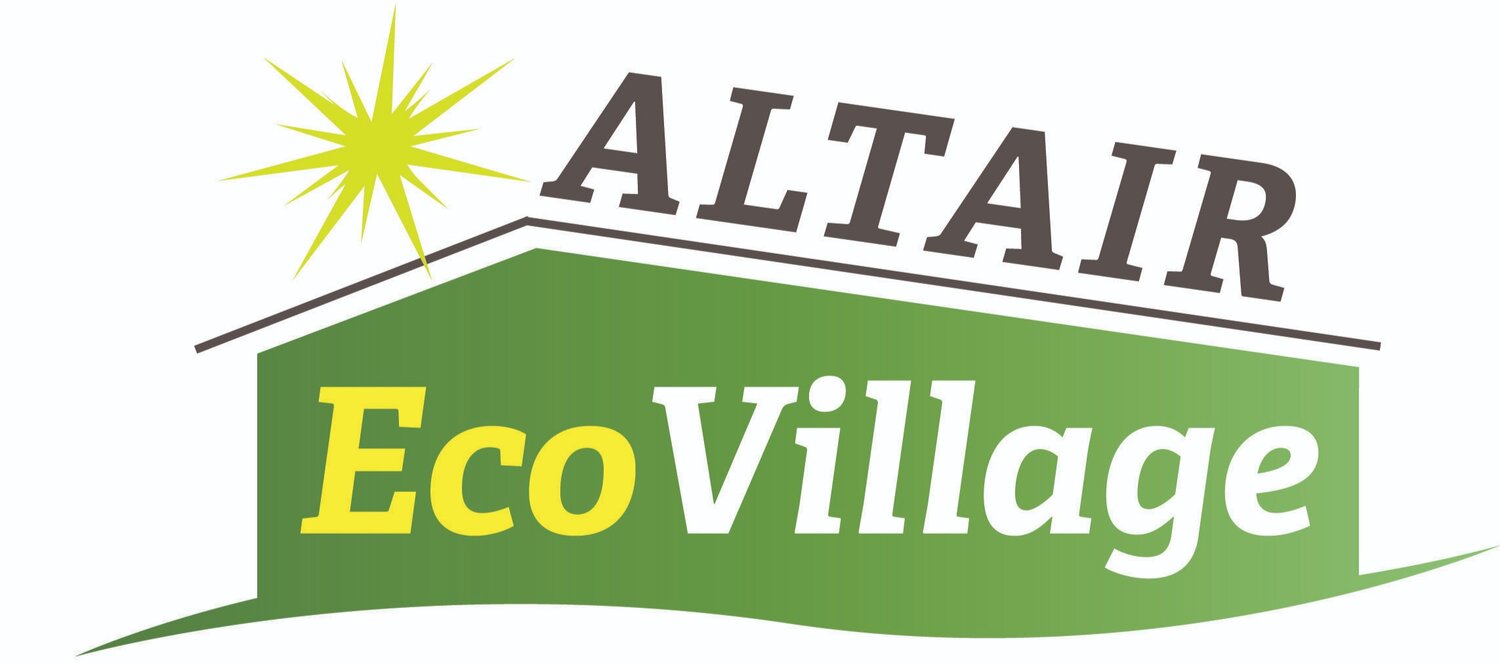The Social Aspect of Cohousing
/Welcome back everyone!
As I laid out in the previous blog post "So, what is an EcoVillage?”, there are four pillars of sustainability within EcoVillages: social, ecological, cultural, and economic. This week we are going to focus on the social aspect. It is not a “sustainable” community without the social component. In addition, it is essential to cohousing because so many of the cohousing principles rely on a “community feel.” (You can read more about the cohousing principles here.)
Ithaca EcoVillage sharing a common meal.
Surprisingly enough, many cohousing residents are introverts. While cohousing has a big social component, there is also privacy. Cohousing offers a great balance between social interaction and privacy. There are common spaces like walking paths and the Common House, but there is privacy within your own home. There are many common meals, tons of celebrations, and social events.
Another cohousing principle says “the design of the community promotes social interaction.” There are many different ways this is achieved—for instance creating a pedestrian-oriented community (not car-oriented), resident-maintained common areas (such as gardens, walkways, and the Common House), and spacing front doors 35-40 feet apart so you see your neighbors.
Great Oak Cohousing in Ann Arbor, Michigan.
Altair works to establish a community atmosphere now, before the project is even built. For instance, the Hospitality Committee has created teams to develop social events once a month. Prospective members are assigned to a team when they sign up—which helps them get to know Altair’s members.
Check out how Takoma Village (bordering Washington, D.C.) celebrates and shares meals together.



